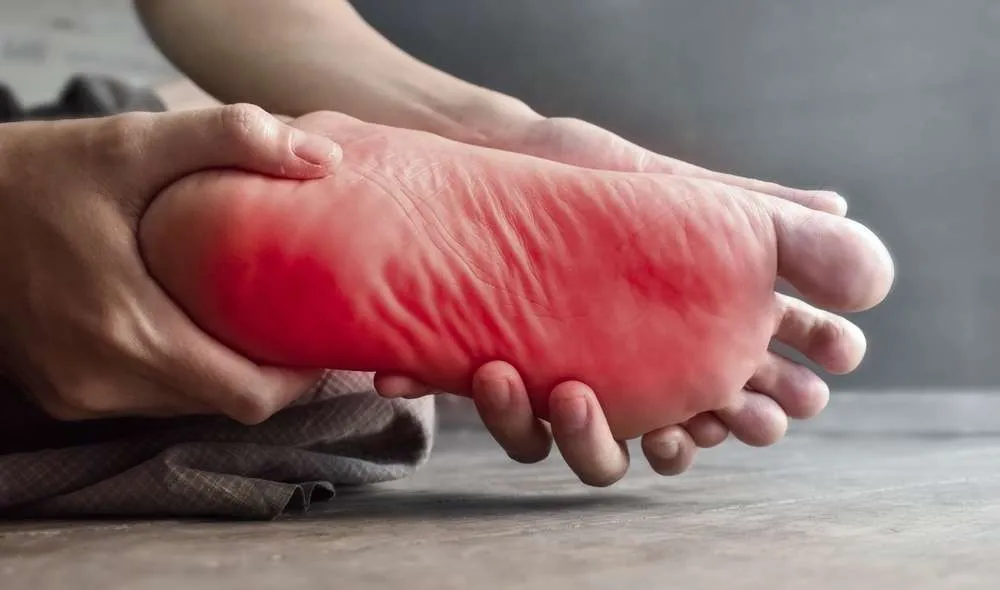Neuropathy affects millions of people worldwide, causing chronic pain, numbness, weakness, and loss of function in the affected nerves. Traditional treatments like pain medication, physical therapy, and nerve stimulation focus on symptom relief rather than addressing the root cause of nerve damage. However, regenerative medicine is changing the landscape of neuropathy treatment, offering new hope for true healing beyond pain. Cutting-edge regenerative therapies are now paving the way for nerve repair and functional restoration, providing patients with long-term relief and improved quality of life.
Understanding Neuropathy and Its Challenges
Neuropathy occurs when peripheral nerves become damaged. This damage can result from various causes, including diabetes, autoimmune diseases, infections, chemotherapy, and physical trauma. Because nerve cells have limited regenerative capacity, neuropathy has traditionally been considered difficult to reverse.
Conventional treatments such as pain relievers, anti-inflammatory medications, and nerve blocks can help manage symptoms, but they do not restore damaged nerves. This is where regenerative medicine steps in, utilizing the body’s natural healing mechanisms to promote nerve repair and regeneration.
Breakthroughs in Regenerative Treatments for Neuropathy
- Stem Cell Therapy: Regenerating Damaged Nerves
Stem cell therapy has emerged as one of the most promising approaches for neuropathy treatment. Mesenchymal stem cells (MSCs), derived from bone marrow, adipose tissue, or umbilical cord blood, have shown remarkable potential in nerve regeneration. These cells release growth factors and anti-inflammatory molecules that stimulate nerve repair, reduce pain, and improve nerve function. Clinical trials suggest that stem cell therapy may help restore sensation and mobility in patients suffering from diabetic neuropathy, chemotherapy-induced neuropathy, and other forms of nerve damage.
- Platelet-Rich Plasma (PRP) Therapy: A Natural Healing Boost
PRP therapy involves drawing a patient’s blood, concentrating the platelets, and injecting them into the affected area. Platelets contain growth factors that accelerate tissue healing and nerve regeneration. PRP has been widely used in sports medicine for joint and tendon injuries, but recent studies indicate its potential for neuropathy treatment. PRP injections may help reduce inflammation, stimulate nerve repair, and restore function in patients with peripheral neuropathy.
- Growth Factors and Exosomes: Enhancing Nerve Repair
Growth factors such as nerve growth factor (NGF) and brain-derived neurotrophic factor (BDNF) play a critical role in nerve regeneration. These molecules encourage the survival and growth of neurons, helping to rebuild damaged nerve pathways. Exosomes, tiny vesicles secreted by stem cells, are also gaining attention for their ability to deliver regenerative signals directly to damaged nerves. These therapies may enhance natural healing processes and provide a non-invasive alternative for neuropathy patients.
- Tissue Engineering and Bioengineered Scaffolds
Tissue engineering is revolutionizing neuropathy treatment by creating bioengineered scaffolds that support nerve regeneration. These scaffolds, often made from biodegradable materials, provide a structure for nerve cells to grow and repair themselves. By incorporating stem cells or growth factors, bioengineered scaffolds can enhance the healing process and bridge gaps in damaged nerves.
- Low-Level Laser Therapy (LLLT) and Electromagnetic Stimulation
Emerging technologies like low-level laser therapy (LLLT) and electromagnetic stimulation are showing promise in neuropathy treatment. These non-invasive therapies work by increasing blood flow, reducing inflammation, and stimulating nerve repair at the cellular level. Research suggests that LLLT can help improve nerve function and reduce pain in patients with diabetic and chemotherapy-induced neuropathy.
A Future of True Healing
The field of regenerative medicine is rapidly evolving, bringing new possibilities for neuropathy treatment. Unlike traditional approaches that focus on symptom management, regenerative therapies aim to heal the root cause of nerve damage. With continued research and clinical advancements, patients with neuropathy may soon experience long-term relief, restored function, and an improved quality of life.
Healing beyond pain is no longer just a dream, it is becoming a reality through the power of regenerative medicine.































